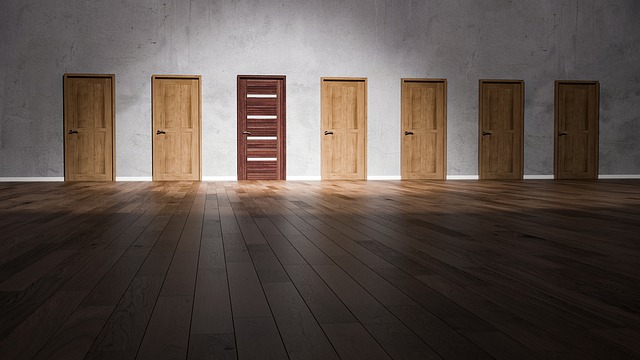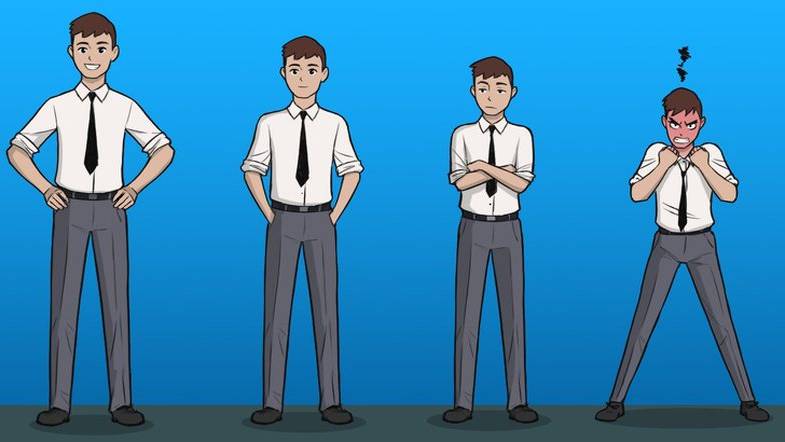~Arya Jain
“Merely because we see something mere often, we like it more.”
The Mere Exposure Effect is a psychological phenomenon by which people tend to develop a preference or liking for things merely because they are familiar with them. This is the reason that the Mere Exposure Effect is also called the familiarity effect.
The mere exposure effect applies to various things, elements, or people, for instance, music, art, writing or words, and faces, among others.
The more you see or hear something, the more you like it. We tend to like some things because our friends like it and they talk about it.
Researchers have found out that the more we see a thing or hear about it, the more we feel attracted to it and we tend to like it.
Table of Contents
Examples of the Mere Exposure Effect
There are many examples of the Mere Exposure Effect. It is the song on the radio that we don’t like much at the beginning. But when we hear it again and again, we start liking it after that.
The Mere Exposure Effect can be seen in the advertisements, where we see a product at first and we don’t believe it at all. But then, its continuous exposure makes us buy that product and try it at least once.
A study showed that the Mere Exposure Effect works with celebrities too. The more often we see a celebrity, the more likely we are to love them, even when we do not admit it.
How does the Mere Exposure Effect work?
The Mere exposure effect posits that repeated exposure to a stimulus increases perpetual fluency- the ease with which a stimulus can be processed.
Perpetual fluency, in turn, increases the positive affect.
A Key Element
A Key Element to the mere exposure effect is that you begin to like something or some item more just because you have a familiarity with it.
There are no substantial reasons attached to it.
Who Discovered It?
The most famous mere exposure researcher was the later psychologist Robert Zajonc.
Robert Boleslaw Zajonc was a Polish-born American social psychologist, who is known for his decades of work on a wide range of social and cognitive processes.
Zajonc is among the most-cited psychologists in the 20th century and his study of the Mere Exposure Effect is the research for which he is the most recognized.
He conducted some studies that prove that the Mere Exposure is the concept of familiarity and that we tend to prefer the things which we are more familiar with.
How Was This Effect Discovered?
Zajonc explored the Mere Exposure Effect by showing numerous participants and several representations. These included faces of strangers, foreign characters, and even Chinese words and characters.
Some of the participants had seen the representations earlier but some of them were seeing the representations for the first time.
During this experiment, Robert Zajonc asked the participants to rate those representations on a scale of pleasantness. For those people who had seen the representations before, they gave a higher rating to the representations as compared to the people who were seeing them for the first time.
This happens when people are stimulated using images, colours, or people and such things which have previously encouraged them. Therefore they develop a liking for things that are exposed to them continuously. The more they get in contact with the things, the more they tend to like them or prefer them.

Limitations
The Mere Exposure Effect does not work in the case of children. Children prefer to have new things instead of the ones they are already familiar with.
If you want to target the kids into liking something, then you have to think of exciting and new ways to attract them or to get their attention.
Mere Exposure Effect in Advertising
The Mere Exposure Effect plays a very important role in Advertising. By displaying the advertisements to the consumers, the advertisers trick the consumers into gradually starting to believe that these brands are trustworthy.
This happens even though they have learned nothing new about those brands in the advertisements but have simply become habitual of hearing their name. Some studies prove that this gives a positive effect. However, not all studies agree with the concept.
Some researchers believe that too much exposure to a brand in the advertising industry can create a sense of ambivalence among the customers. Overexposure is generally effective when a brand is new. But when it becomes familiar with the customers, overexposure does not yield good results.
Mere Exposure Effect in Decision Making
The Mere Exposure effect impacts decision making. Sometimes, people end up making decisions because they are very well familiar with the options; even though the evidence proves that the alternate options might be better. But due to this effect, people prefer options that they have seen or heard earlier.
This can happen when someone is selecting books or movies. The person struggles to select a book of his/her choice among many. He/she then rely on the reviews to make a perfect choice. But at last, the person ends up selecting one that he/she is familiar with.
It can even happen while shopping. Even if a brand offers good quality at a lower price, we still end up choosing another brand because we have heard about it earlier and it seems a better option.
There are many examples of poor decision making due to the Mere Exposure Effect in our daily lives. This is because of the false sense of understanding that comes from a baseline level of awareness.

Mere Exposure Effect in Relationships
Due to this effect, we may feel a sense of trust with a person we see every day whether they are strangers or close family members. This might happen when we see a person every day, we feel that we can trust them although we know nothing about them.
We often feel that the people, who are always around us or close to us, are more trustable than the people whom we may not see every day.
This can happen with parents too. Take an example of a family where one parent stays at home to look after the kids while the other one goes to work. The children will prefer the parent who stays at home even if he/she is less kind or patient.
The effect holds true even in the case of romantic relationships. People prefer to choose the person whom they have seen more often than another person, even if they are more attracted to the other person.
Conclusion
The Mere Exposure Effect is all about the familiarity of a thing or a person. If we have heard or seen a thing earlier we will prefer it more. The more we see or hear about a thing, the more shall we prefer that.
There is no exception to this effect even in the case of people. The people we are always around, we tend to trust and love them more. However, children are an exception. Children always prefer things which are ‘new and exciting’ than the things which they are familiar with.
Because of the familiarity concept, the Mere Exposure Effect is also called the familiarity effect.










Leave a Reply